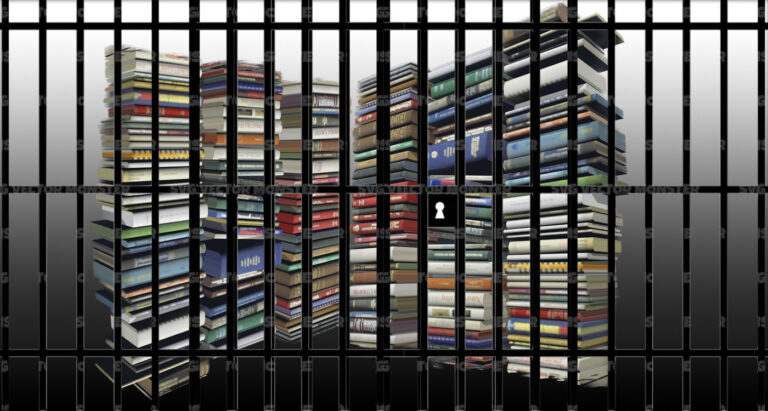
WHY OUR HERITAGE MATTERS
OPINION
“HERITAGE is like a hippopotamus. It’s impossible to define but you’ll know it when you see it”, I once told a slurry of solicitors outside the NSW Land and Environment Court. I was making as much sense as Donald Trump. But our society was celebrating one of the most important precedent-making decisions handed down by the court. We applied for and were granted full rights as a third party in case for the first time ever using a small unused section of the Act.
Sydney Council refused to consider our concerns as part of a DA case involving heritage demolition. We asked the court to allow us to put our case direct. After frantic objections from QCs from the other two sides, a forensic examination of our Constitution, Minutes and financial affairs, the court said yes. We were declared bona fides and created a precedent which has allowed many other community groups to do the same. We then had legal rights to call witnesses and cross-examine the developers’ witnesses. It was our first act and our finest hour. It cemented our role as a public paladin for heritage. Disappointingly, the on-street coffee shop outside the court wouldn’t serve champagne: they had no liquor licence.
But the case also crystallised why heritage matters.
Heritage defines our desire to keep things we cherish and recognise as significant for future generations. Heritage is only about thing: significance. It’s inchoate and forms part of our communal DNA. It is therefore a part of who we are as a community. It’s what we have in common and becomes a continuing part of our identity and part of our social glue. It’s worth fighting for because once it’s gone it’s gone forever.
Our heritage exalts the past but also savours the present. So in many ways our heritage doesn’t belong to us – we belong to it. We’re embedded in it. It takes many forms: archaeological, indigenous, natural, technical, social and the one known to most people, architectural. The corollary is that if an item doesn’t fit one of these types it probably isn’t a heritage item. This shocks people who know their item is an “icon” or simply “beautiful” and must be heritage. The best heritage assessments are not subjective: it’s their objective recognition which assures them community recognition.
And it’s more than possible an item may exhibit more than one type of significance.
Consider your local cinema, or our former local cinema, The Metro, 30 Orwell Street, Potts Point. This site was recently conserved by a local specialist firm of master painters, Men in White, using council-approved colors and working according to UNESCO- given Burra Charter guidelines. These respected guidelines state:”do as much as necessary to care for the place and make it useable, but otherwise change as little as possible.”
The Metro’s powder blue and special color mix recipes earned Men in White the coveted 2016 Master Painters Australia NSW Association Inc. award for Heritage and Restoration (Commercial) this month. Roan Calvert, the firm’s Director and a detail fanatic, said it was a difficult and intricate project but highly rewarding. “We loved using the history of the site to re-interpret and curate it through sympathetic colors,” he said.
And it shows: heritage exalts the past but savours the present.
The site is owned by George Miller, award-winning film director, of Babe, Happy Feet and Mad Max fame. Its interiors are adaptively re-used for TV mini-series studios.
The site’s silhouette was also once the logo of the local 2011 Residents’ Association although it fell from use for unknown reasons.
But it still has more layers than lasagna of heritage.
Behind its fresh façade hides a hidden history. Although generally unknown, history is distinguished from heritage. History is the story of a site and heritage is its what’s left: its tangible remains.
The site has noteworthy social and architectural heritage.
Minerva, this cinema’s original name and the ancient Roman goddess of the arts, still lives on at the Metro cinema/theatre.
This local Kings Cross theatre’s dramatic design made it a modern day temple to the arts. Opened in May 1939 and designed by Sydney modernist architect, C. Bruce Dellit (1898-1942), the winner of the design competition for the heroic War Memorial, Hyde Park (1929) and designer of the Liberty Theatre (1934). A confident man and a talented painter, he often worked from 5:30am to midnight. “Architects should work with, not against, scientific progress and modern science,” he said.
Professor Ross Thorne describes the Metro as “the best example of its Art Deco-modern type.”
Minerva was designed, unusually, as a multi-function live theatre with orchestra pit and cinema combined. The original Minerva Cafe, now the Roosevelt nightclub adjacent, an upscale New York-style bar and diner with an Americana-themed tapas menu and a private poker den, is in its buddy building with offices fronting Macleay Street, was built simultaneously. Even grander proposals for another complex nearby were later shelved as WWII (1939-1945) loomed.
Its exterior, originally with pale green highlights and laminex glass, had “a new system of Neon lights” and a large light tower. Its interiors were originally intended to have a mural by Norman Lindsay with Aliquot glass but eventually included an aquarium and changing coloured lights. It boasted air-conditioning, a novel luxury, plush lounge seats with footrests, and a crying room for those who sobbed uncontrollably during heavily-emotional scenes, and was billed as “Australia’s Wonderland Theatre”. Plays included Coward’s Design for Living (1940) with its usual “cheek and chic, pose and poise”. Sir Noel Coward himself attended.
In 1941 it was also used for fashion shows but was on-sold to the MGM chain and renamed the Metro cinema in 1952.
On a cold evening on 5th June 1969 it reverted to a live theatre for the controversial, “tribal love-rock musical,” HAIR. The show was the product of the hippy sex revolution with several songs becoming anti-Vietnam war anthems. Suggestions of illegal drug use, censorship issues, an actual fourteen-second nude scene in dim light (but banned in Queensland), on-stage profanities, also banned in Queensland, and an invitation to the audience to be part of an on-stage “sit-in” all added to public outrage. By the 1970s, however, the Metro was a supermarket and then a failed venture. The last live performance was in 1976 with Ginger Rogers (aged 65) who received a standing ovation.
Its heritage remains largely intact.
Chris Reeves, the original HAIR stage manager of the cast which included Marcia Hines and Rag Livermore, still remembers the Kings Cross police presence and the famous nude scene.”In the low-level lighting the audience couldn’t have seen every much. We knew it would be pretty controversial because it challenged so many people in so many directions … racism, war etc … people were flabbergasted … it was fun … the drug squad were constantly in the audience … local police phoned ahead to say when they were coming … the issues are still relevant today … it was special,” said Mr Reeves.
By the 1970s, however, the Metro was a supermarket and then a failed commercial venture. The last live performance was in 1976 with Ginger Rogers, aged 65, who received a standing ovation.
Its heritage matters.
By Andrew Woodhouse, President, Potts Point & Kings Cross Heritage & Resident’s Society
Metro cinema heritage conserved: photo supplied by Andrew Woodhouse









